This post may contain affiliate links. Affiliate links use cookies to track clicks and qualifying purchases for earnings. Please read my Disclosure Policy, Terms of Service, and Privacy policy for specific details.
Over the past few years I have used Writing with Ease as my main writing curriculum. Writing with Ease successfully taught my child how to summarize a passage into his own words. CLICK HERE to read my review of elementary writing curricula including Writing with Ease. The authors of Writing with Ease recommend a few different paths for completing their curriculum (some which include Writing with Ease 4 and some which do not). As we completed level 3 of Writing with Ease, I started considering other writing curricula. One curriculum recommended by the Writing with Ease author as a possible option between Writing with Ease and Writing with Skill (their writing program for middle school) is Sentence Composing, by Don and Jenny Killingham. This article is a review of Sentence Composing for Elementary School. Overview
Sentence Composing for Elementary School takes an “imitate the masters” approach to teach writing. The exercises within the manual start with sentence samples from children’s novels with high quality writing. For example, the page I have open has sentence quotes from “Hatchet” by Gary Paulsen, “Call It Courage” by Armstrong Sperry, and “The Call of the Wild” by Jack London. Students are taught to imitate the models in a series of sequential exercises.
The first section of this worktext teaches children how to chunk the sentences (meaning how to break it into meaningful parts), how to imitate the same style of chunking, unscrambling sentence chunks to copy the format of the model sentence, and then progressing to creating one’s own sentences in the same style of the model. The book follows the same format type to teach more complex sentence types including various types of phrases and clauses.
Benefits
The lessons teach quality sentence construction in a systematic way. After completing the worktext, I would expect that students would be very proficient at composing high quality sentences.
The worktext is not consumable, so it can be reused with multiple children.
Limitations the Sentence Composing Approach
For some children, the amount of copying and writing required to complete the exercises will be overwhelming.
I absolutely love the approach of the Sentence Composing worktext; however, it was not a good fit for my child. Although I adapted the exercises to limit physical writing and copying of sentence, which may be tedious for many children, my child absolutely hated the exercises.
Recommendations on Sentence Composing for Elementary School
Sentence Composing for Elementary School provides a systematic approach to teaching a child to create quality sentences by imitating great authors. This worktext would be a good fit for children who are interested in creative writing and who like to carefully think about words and putting sentences together.
This curriculum does require a lot of writing. It could be adapted for children who tire easily from handwriting by allowing them to dictate their answers.
This program would not probably not be a good fit for children who are not particularly interested creative writing or thinking about how words and phrases go into a sentence.
Other Options for Composing Sentences and Paragraphs
If Sentence Composing seems like it is a good fit for your child. The authors have written additional books to teach non-fiction sentences, paragraphs, and story grammar at the elementary, middle school, and high school levels.
Final Thoughts
As the Sentence Composing was not the best fit for my child, we are using Writing with Ease Level 4. As we will finish this program before 5th grade, we will continue writing practice through assignments presented in 1) The Good and the Beautiful Curriculum, 2) monthly writing projects on a topic of interest, and 3) narration and copywork activities through other subjects such as history and science.


